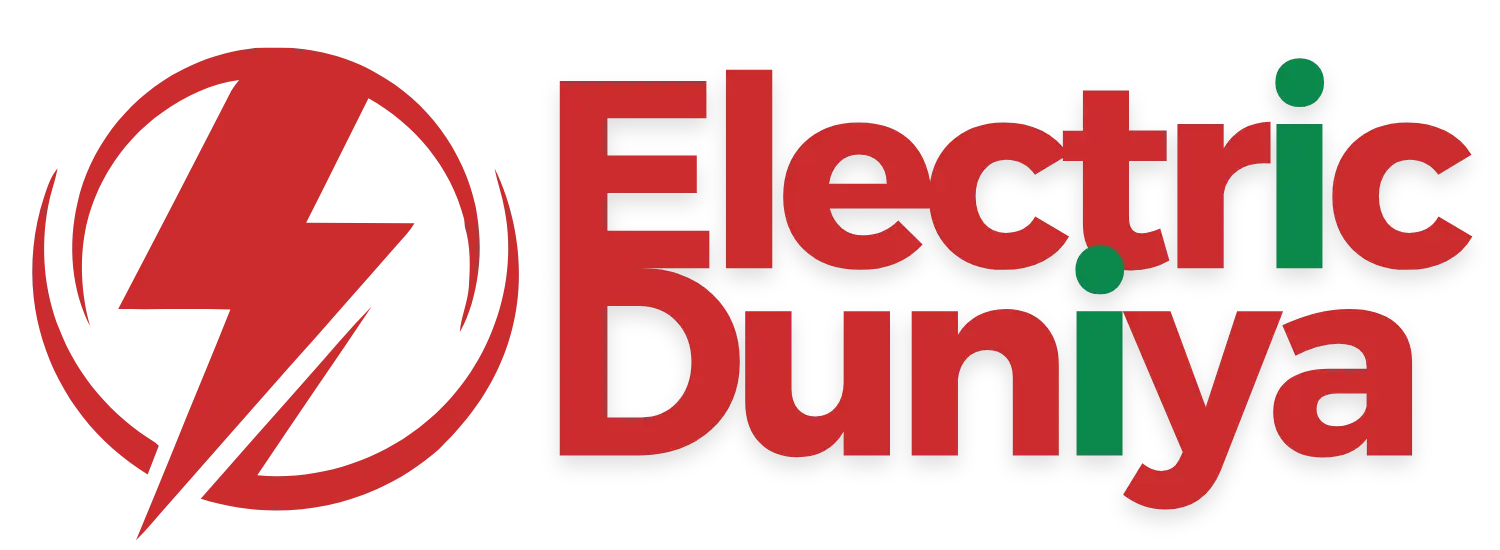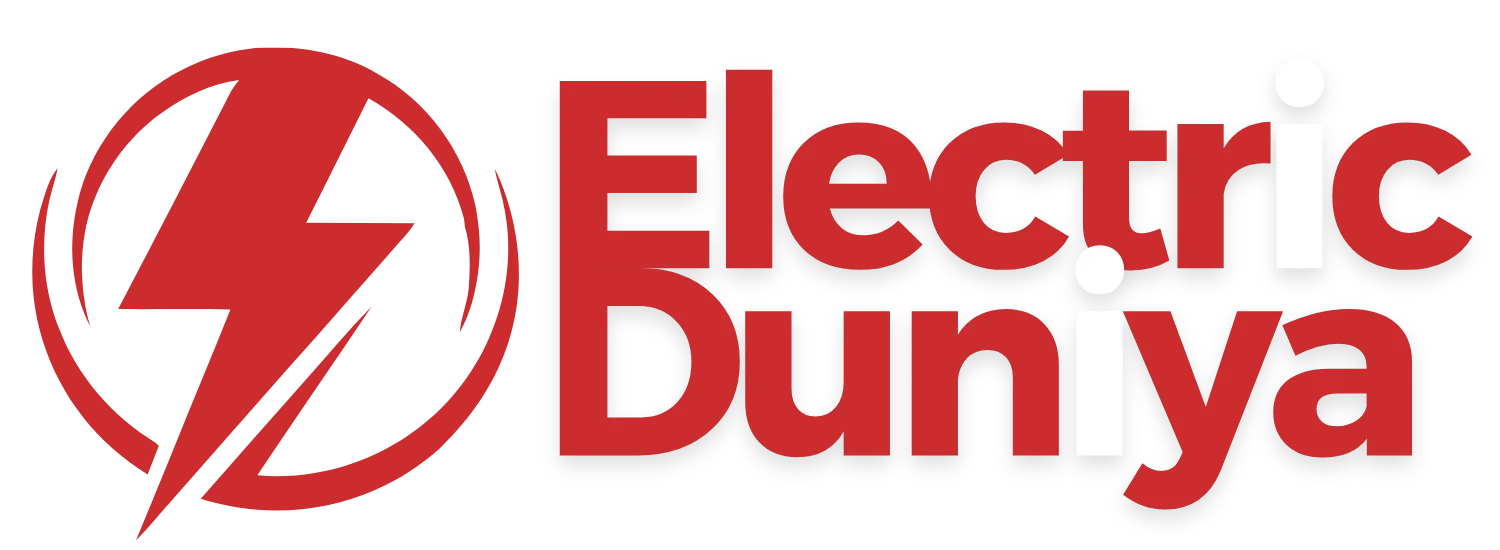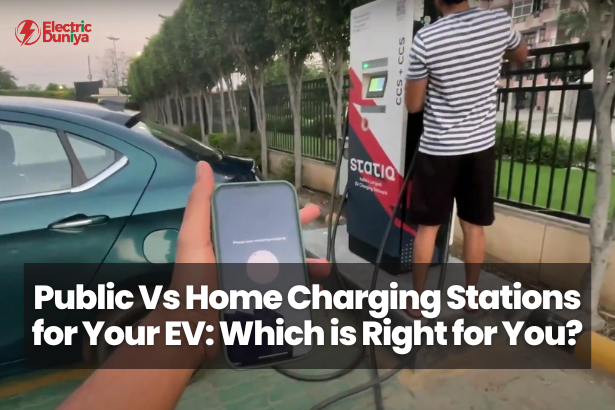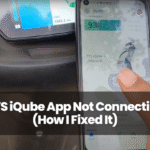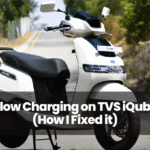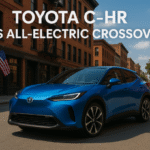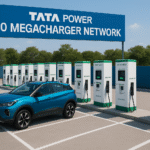Whenever I decide to charge my Nexon EV, I choose between public and home charging options based on my needs.
I’ve tried both home charging and public charging stations, and I’ve learned a lot about what works best in different situations.
In this blog, I’ll compare both charging options based on my personal experience using them over the past year.
You’ll get a clear idea of which option works best in various scenarios, helping you decide between public charging stations and home charging.
| Feature | Public Charging Stations | Home Charging Stations |
|---|---|---|
| Availability | 24/7, but may be occupied | Always available |
| Charging speed | Fast (Level 2 or 3) | Typically slower (Level 1 or 2) |
| Cost | Higher per kWh, sometimes free | Lower electricity rates |
| Convenience | Good for long trips | Convenient for daily charging |
| Installation | No personal installation needed | Requires installation at home |
| Maintenance | Handled by provider | Owner’s responsibility |
| Compatibility | May vary by station | Customized to your EV |
| Wait times | Possible, especially in busy areas | No waiting |
| Payment | Various methods (app, credit card) | Added to home electricity bill |
| Charging time planning | Requires planning ahead | Can charge overnight |
| Environmental control | Exposed to weather | Can be in a garage |
| Safety | Public area | Private and secure |
| Network reliability | Dependent on the home power grid | Added to the home electricity bill |
Public vs Home Charging Station
When I first got my Nexon EV, I was excited about home charging. I set up a standard 15A wall outlet in my home, and the convenience of plugging in overnight was fantastic. However, as I started using the car more frequently, I realized I needed a more efficient solution for faster charging. After some research, I discovered that investing in the best home charger for Tata Nexon EV was key to reducing charging time significantly without compromising safety. Now, my car is always ready to go, and I no longer worry about long charging hours.
I can charge my Nexon EV from 10% to 90% in about 8 hours, which adds around 35 km of range per hour. Every morning, I wake up to a fully charged car, ready for my daily commute.
I also gave public charging stations a try, especially for those longer road trips.
I found stations in shopping malls and commercial complexes, and I used fast chargers that could boost my battery to 80% in about an hour.
For long trips, these fast chargers were incredibly useful, letting me get back on the road quickly.
Cost Considerations
Cost is a major factor when deciding between home and public charging. For me, home charging is far more affordable.
My monthly electricity bill increases only slightly, making it a cost-effective option for my regular driving.
On the other hand, public charging costs can vary greatly. I’ve found that fees, especially for DC fast chargers, can be quite high.
Relying on public charging stations frequently is expensive, so you need to consider these costs in your budget carefully.
I think home charging is the more economical choice for my everyday use, while public charging, though convenient for longer trips, which is more expensive.
Convenience and Accessibility
The convenience of home charging has been a huge plus for me. I can charge my Nexon EV whenever it’s convenient—whether overnight or during the day while I work from home.
Public charging stations are becoming more common, which is great.
I’ve found only a few public charging stations in Nagpur areas, and I’ve also run into issues like stations being full or out of service.
This inconsistency has led to some frustrating moments, so I’ve come to appreciate the reliability of home charging even more.
Charging Speed and Efficiency
Home charging is slower, but it works great for my daily driving needs. Most of my trips are within a predictable range, so I usually don’t need more charge than what I get overnight.
I wake up each day with a full battery, and it’s hassle-free.
If you’re someone who drives long distances and doesn’t have much time to charge, fast charging at public stations is the best choice.
I’ve found these fast chargers incredibly helpful on long trips, as they can provide an almost 80% charge in under an hour.
So, for everyday use, home charging is efficient and sufficient. For long-distance travel, public fast charging stations offer the quick boost you need.
Range Anxiety and Planning
Initially, I worried a lot about running out of charging while driving.
This feeling of range anxiety was real, especially when I was still getting used to my Nexon EV.
But having a reliable home charging setup has eased those worries. I always start my day with a full battery, which has given me a lot of confidence.
For longer trips, I’ve learned the importance of planning. I make sure to map out my routes and identify charging stations along the way.
This planning has helped me avoid any unexpected delays and made my travels much smoother.
Final Thoughts
Ultimately, whether you choose public charging stations or home charging depends on your personal needs.
For me, home charging is the most convenient and cost-effective option for daily use. However, public charging stations only work for long trips.
As the EV charging infrastructure keeps improving, a mix of both options seems to be the best approach.
If you’re considering a Nexon EV or any electric vehicle, think about your driving patterns, access to charging, and what suits you best.
